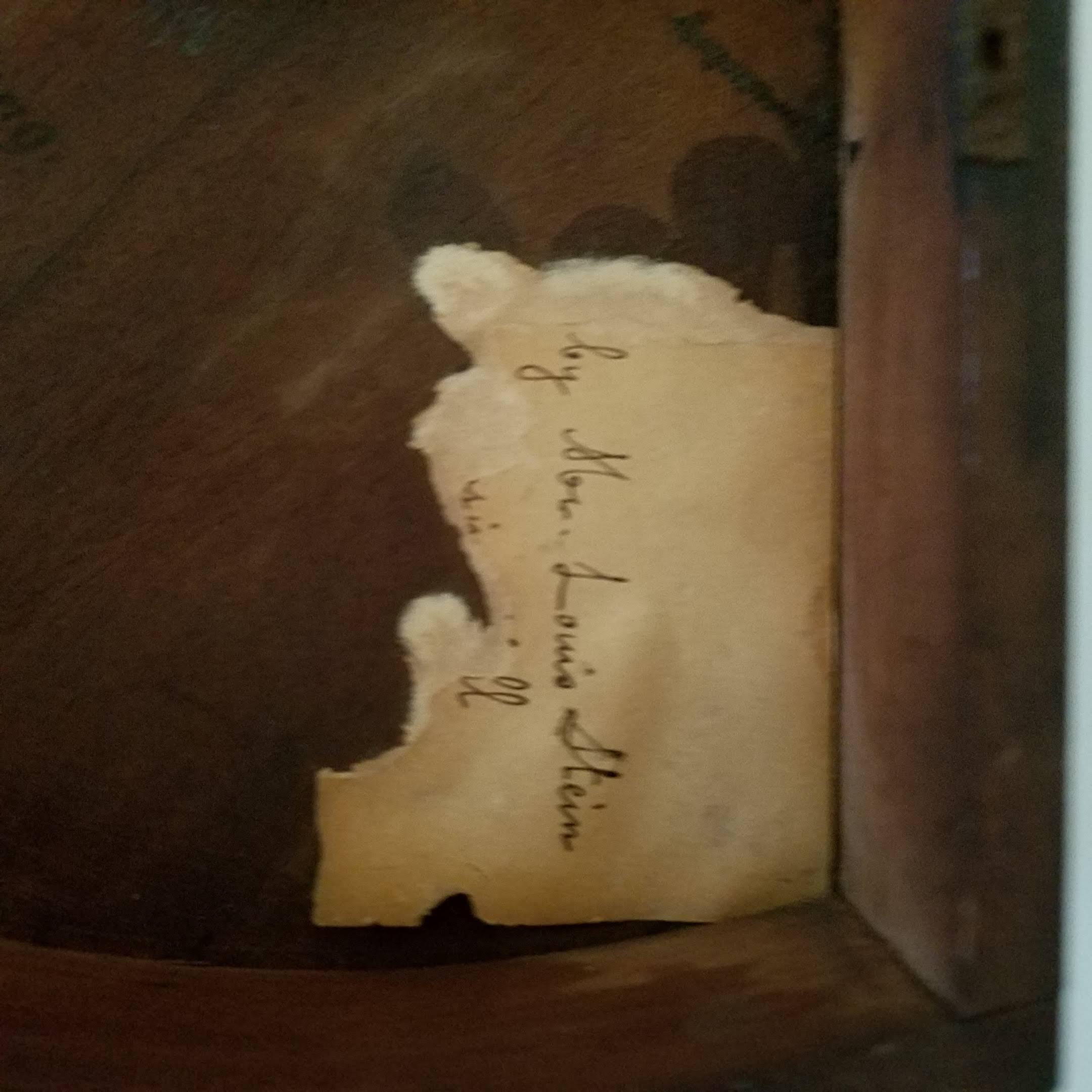EARLY EBONY AND IVORY SEXTANT/OCTANT
BY
J. SOMALVIGO & SON,
9 HATTON GARDEN, LONDON

Presented
is a very rare early 19th century mariner’s sextant with ebony frame, ivory graduated arc and vernier, and bronze fittings. This instrument is another example of the fine workmanship of the instrument makers of this period, and will be a good addition to all those interested in the history of navigation.The instrument has a ribbed brass index arm measuring 12 inches. The arc is graduated from – 0 to plus 105 degrees. The horizon mirror is on an adjustable turntable and can be rotated by loosening a screw which locks the mirror’s position. Other features include a ivory vernier scale, which reads from right to left from 0 to 20 arc minutes, a single hole peep sight “flap”, and four sun shades for the index mirror and three for the horizon mirror. The instrument’s style is that of an octant, but it has some advanced features such as the ribbed index arm and tangent screw which, we believe, dates it pretty much in line with the first one we sold, dated as Ca 1840.
So

Some time after
1780, the addition of a tangent screw as fitted here allowed for fine
adjustment and represented one of the two major changes in the basic
operation of the octants and sextants for the next 150 years! The second was
the fitting of telescopes. As was the practice with octants, only
peep sights were fitted. Later a handle was added to sextants. All of these
tell tales indicate it is one of the earliest of that type offered
by David Filby making it a noteworthy instrument by this maker in
more than one respect.
 Name Plate
Name Plate

Old Style Vernier
Scale

Good condition horizon mirror
 Label inscribed to Louis Stein
Label inscribed to Louis Stein
CONDITION:
The instrument, its ivory name plate, sharply and precisely engraved graduated arc, and its hardware are in excellent condition. Its original finish remains intact. There is the usual evidence of age. All three bronze legs are present.. The horizon mirror shows some haze, as does the index mirror, but most of its area is good. The instrument has that gently worn pleasing look that comes with over 170 years of age.
The keystone case has done its job in protecting the instrument and has two cracks, a small one on the top front edge, and a longer one on the hinged back. Neither detracts from the fact that, considering its age, we think it is remarkable good condition. The case is strong enough to do its job. There is one label inside with the name inscribed Mr. Louis Stein. A lock is present, but the key is missing. Two clasps are present.
This is an outstanding example from a early English instrument maker. It is in “Fine” condition with about all of its original finish remaining.
DIMENSIONS:Arc reads – 0 to +105 degrees
Length of index arm 11 3/4″
Radius of index arm 11″
Width of frame
at arc 10″
Index mirror 39 x 30
mm Horizon mirror 23 x 20
mm Four index shade
glasses Three horizon shade
glassesPeep sight flap Weight octant
2
Lbs 9 oz. Case 2 lb
14 oz. Total weight 5 lbs 4oz


Keystone Case
